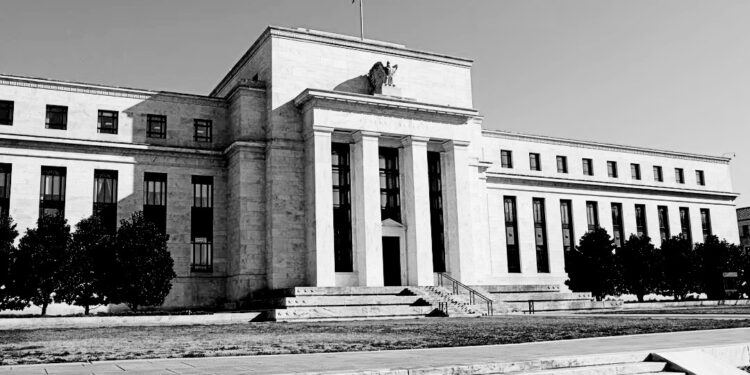The Federal Reserve has raised interest rates aggressively over the last year in a bid to slow inflation and the labor market.
Its efforts are still not quite feeding through to the data. Friday’s March jobs report is the latest case in point.
The U.S. economy created 236,000 jobs in March and the unemployment rate fell back to 3.5%.
As RSM chief economist Joe Brusuelas said in an email on Friday, the labor market remains “stout.”
With Friday’s data, the Fed is likely to raise rates by another 0.25% next month. The Fed’s forecasts published in March suggest that would mark the end of rate hikes for the Fed.
Many economists, including Brusuelas, suspect this will indeed come to pass for the central bank. Brusuelas wrote, “it is now appropriate to begin considering a ‘one and done’ policy path at the Federal Reserve.”
Nationwide chief economist Kathy Bostjancic wrote Friday the March jobs report “is supportive of another rate hike in May — which we think could be the last for the tightening cycle. Followed by a long pause.”
Over at Wells Fargo, economists Sarah House and Michael Pugliese wrote Friday, “On balance, this is the type of employment report we believe policymakers at the FOMC want to see: job growth slowing in an orderly fashion, labor supply expanding and wage growth that is edging closer to rates that are consistent with the central bank’s 2% inflation target.”
The firm expects a rate hike in May, “but it could be the last rate hike of the cycle as policymakers keep rates on hold for an extended period of time and let the medicine take.”
The Federal Reserve has raised interest rates aggressively over the last year in a bid to slow inflation and the labor market.
Its efforts are still not quite feeding through to the data. Friday’s March jobs report is the latest case in point.
The U.S. economy created 236,000 jobs in March and the unemployment rate fell back to 3.5%.
As RSM chief economist Joe Brusuelas said in an email on Friday, the labor market remains “stout.”
With Friday’s data, the Fed is likely to raise rates by another 0.25% next month. The Fed’s forecasts published in March suggest that would mark the end of rate hikes for the Fed.
Many economists, including Brusuelas, suspect this will indeed come to pass for the central bank. Brusuelas wrote, “it is now appropriate to begin considering a ‘one and done’ policy path at the Federal Reserve.”
Nationwide chief economist Kathy Bostjancic wrote Friday the March jobs report “is supportive of another rate hike in May — which we think could be the last for the tightening cycle. Followed by a long pause.”
Over at Wells Fargo, economists Sarah House and Michael Pugliese wrote Friday, “On balance, this is the type of employment report we believe policymakers at the FOMC want to see: job growth slowing in an orderly fashion, labor supply expanding and wage growth that is edging closer to rates that are consistent with the central bank’s 2% inflation target.”
The firm expects a rate hike in May, “but it could be the last rate hike of the cycle as policymakers keep rates on hold for an extended period of time and let the medicine take.”
Indicators like a rise in initial jobless claims, a drop in open job listings, and layoff increases captured by Challenger Gray’s monthly report all suggest a slowing in the labor market — and the economy — that is consistent with the Fed being able to back off its rate hikes.
And yet the notion that the economy is finally matching the Fed’s goal is one that has been simmering in markets for months.
Only to be swatted away by the data at each turn.
In late 2022, an economic slowdown seemed in the offing as monthly job gains fell below 300,000 from September through December. A surprise jobs report in January put more aggressive rate hikes back on the table.
Just last month, a bank crisis seemed likely to push the Fed not only to stop raising rates but potentially roll back rate hikes. On March 22, the Fed raised rates another 0.25%.
After inflation data that, like labor market data, is cooling but remains elevated and Friday’s strong jobs report, the market is expecting another rate hike next month.
And so while economists are again circling the idea that now, finally, in this moment we’re ready to see the Fed pause, little over the last six months has suggested the U.S. economy is ready to put the Fed in position to back off.
Some in markets will chide the Powell Fed for having been consistently wrong in their economic forecasts. Another bout of revisions to chase reality in 2023 would not silence these critics.
But being wrong about the outlook has not stopped Powell & co. from acting on new information. And the notion that this Fed’s reaction function might change now could see investors again fall into the same trap all over again.
Source: Yahoo






Recent Comments